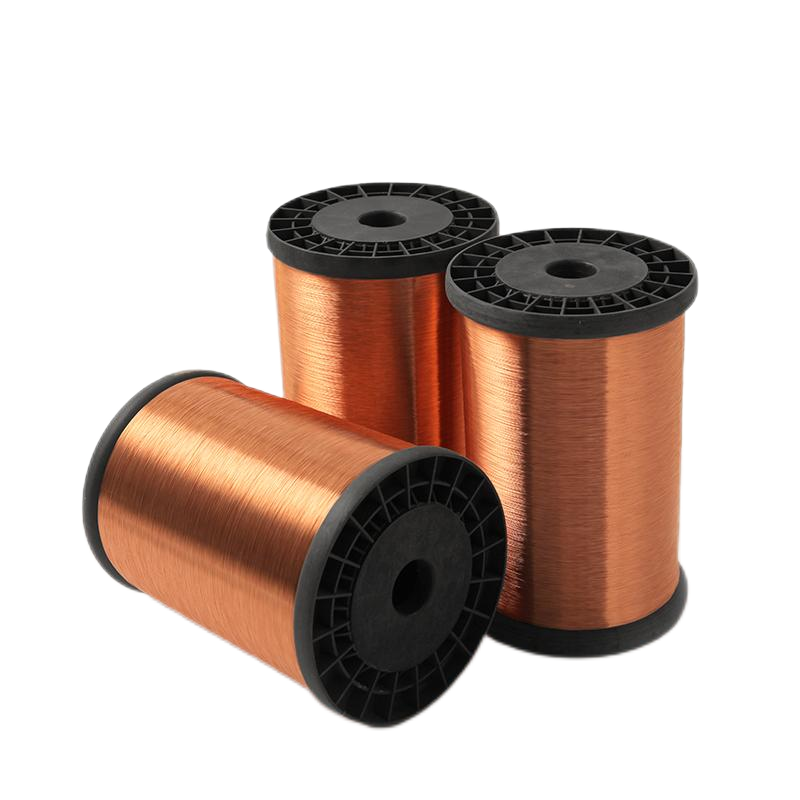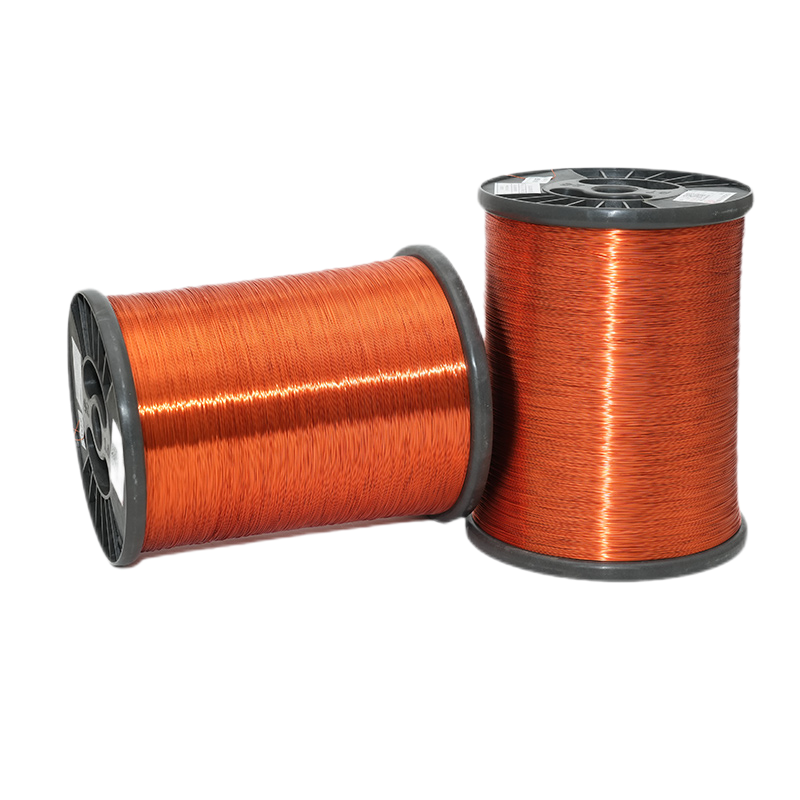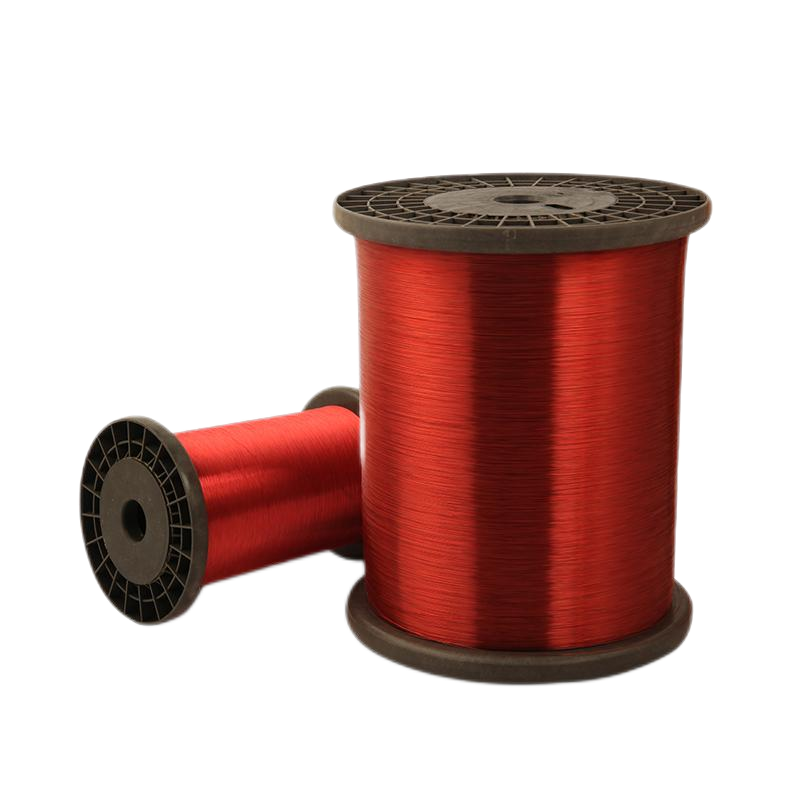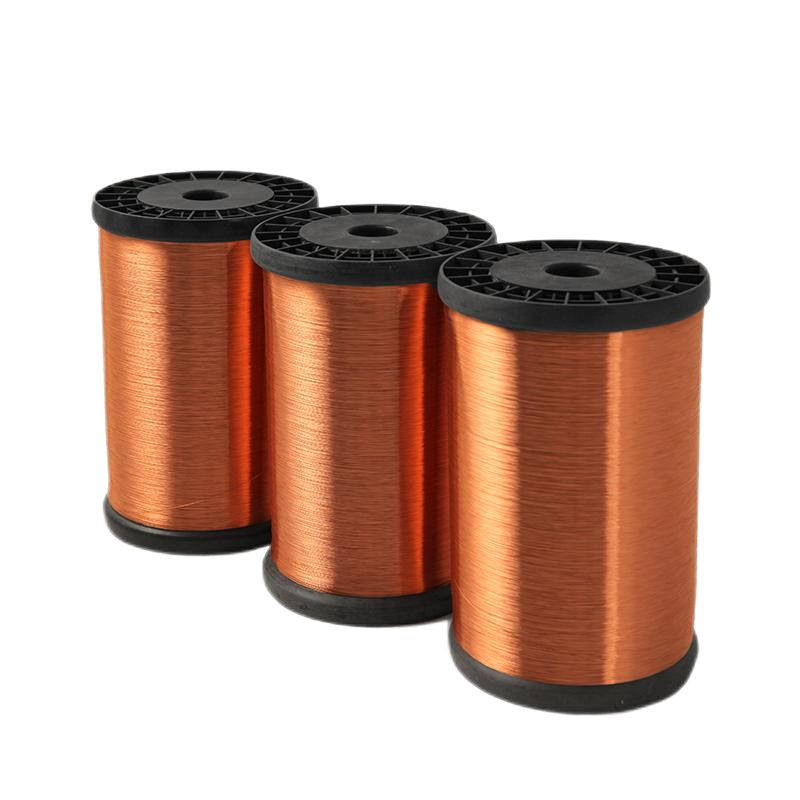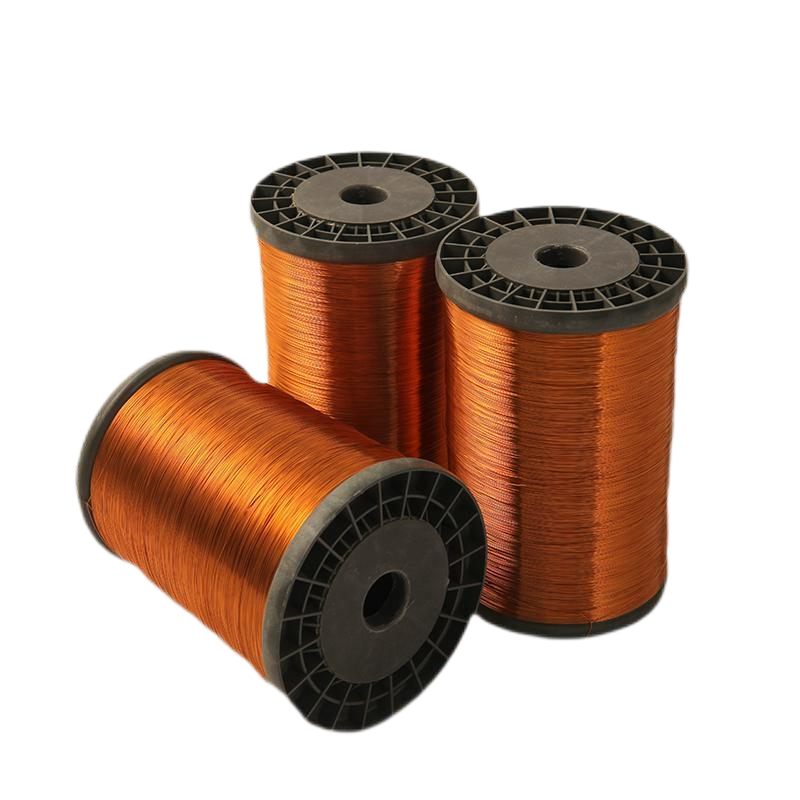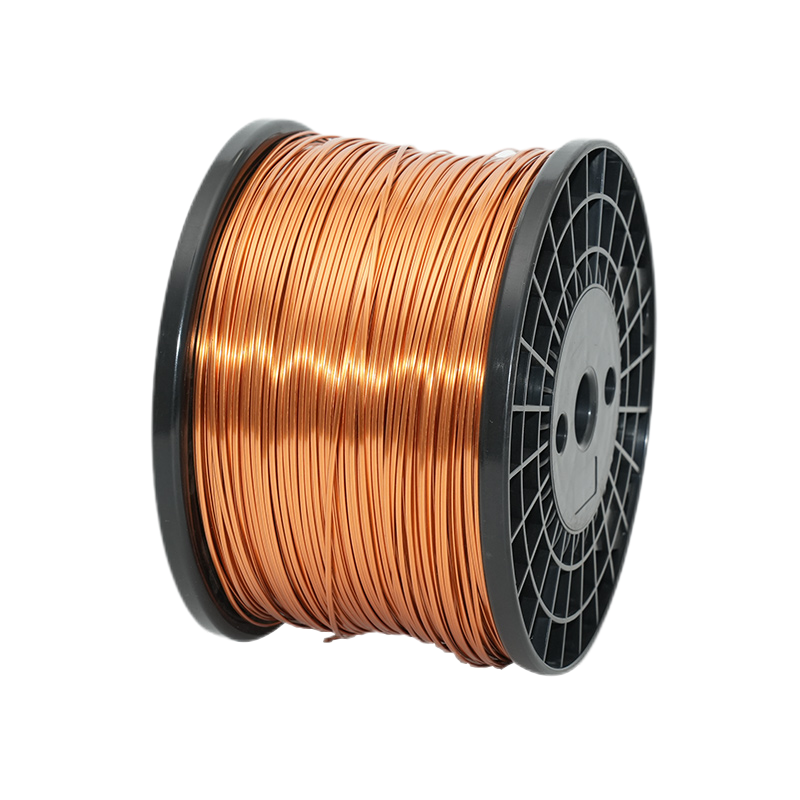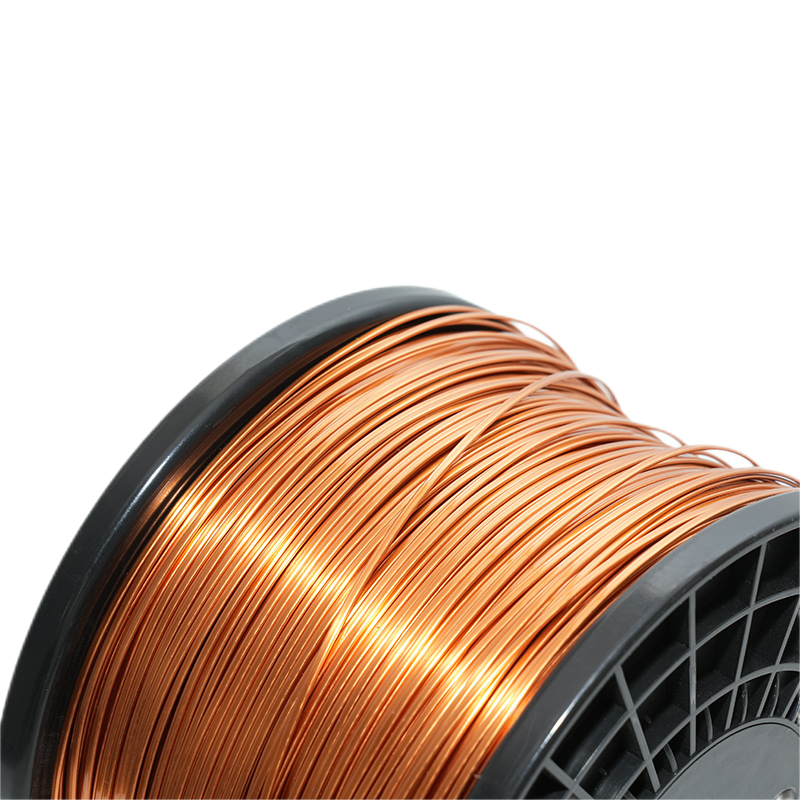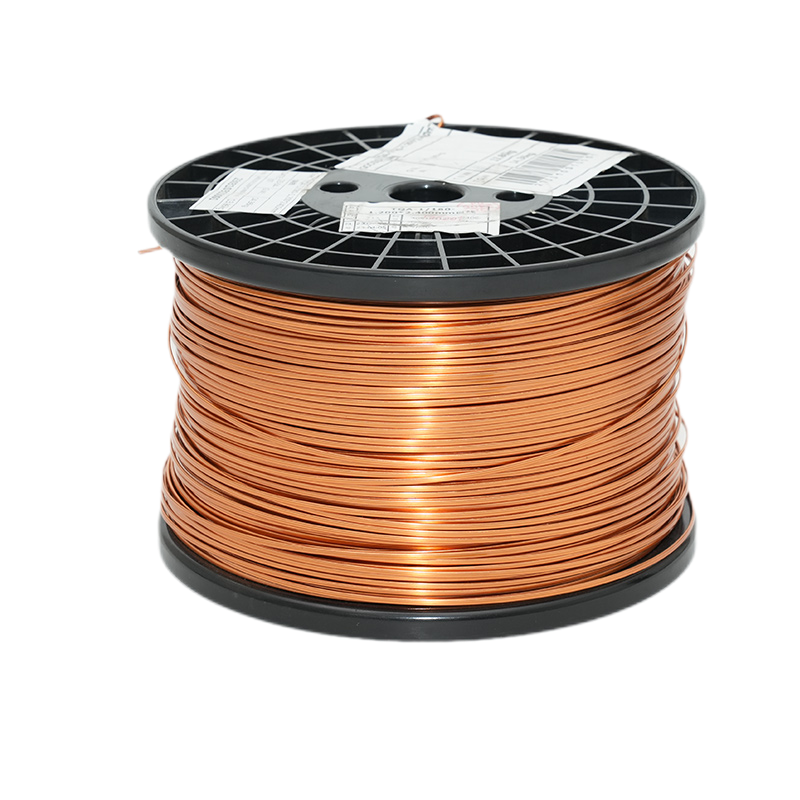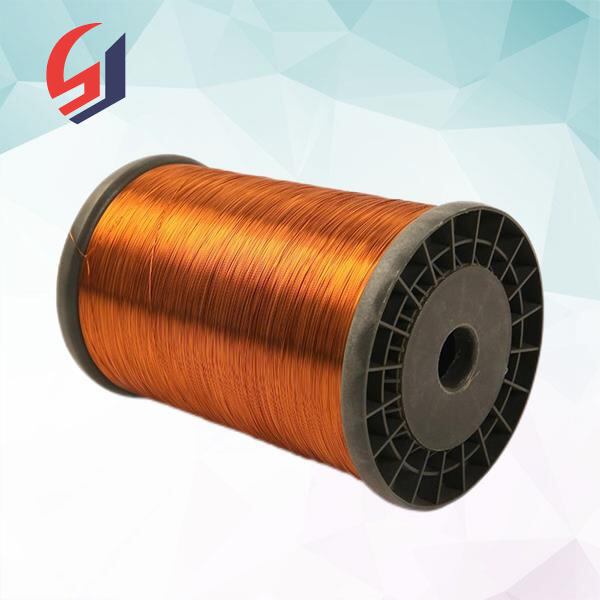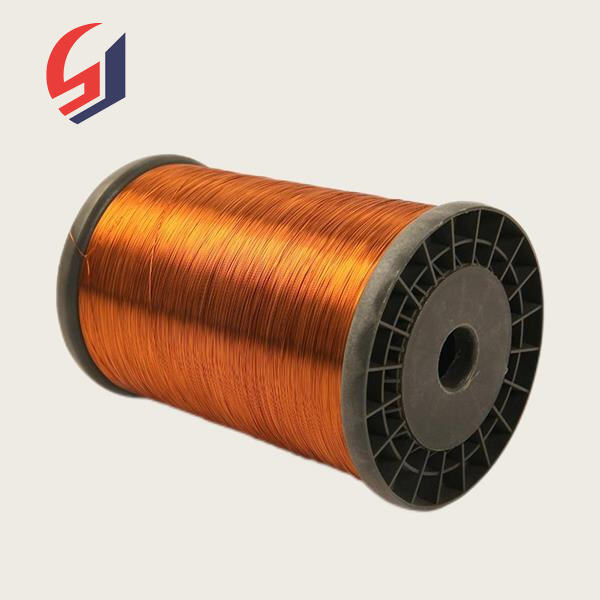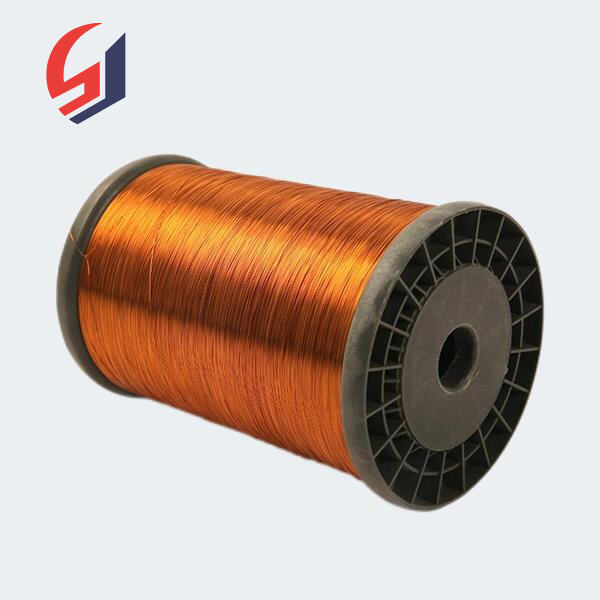Lo sapevi che ogni volta che accendi le luci in casa tua o carichi il telefono, ci sono dei fili elettrici speciali che si impegnano nel fornire energia ai tuoi dispositivi? Questi fili sono piuttosto cruciali per il corretto funzionamento di tutto. Tipi di fili: Esistono diversi tipi di fili, e probabilmente i due tipi più comuni sono noti come rame puro e CCA. Quindi, qual è la differenza tra i due tipi di fili e quale è la scelta migliore per le tue esigenze elettriche? Te lo spiegheremo in parole semplici, così che anche un bambino della terza elementare come te possa capirlo.
Iniziamo con i fili di rame grezzo. Secondo il loro nome, i fili di rame puro sono costituiti esclusivamente dal metallo rame. Il rame è un materiale così eccellente perché consente al corrente elettrica di scorrere velocemente e facilmente. Ciò significa che i fili di rame puro svolgono un ottimo lavoro nel trasmettere i segnali elettrici da un luogo all'altro. Sono particolarmente adatti per dispositivi a alta richiesta che consumano molta energia, come attrezzi elettrici, sistemi audio che riproducono musica e sistemi video che mostrano film o giochi.

 IT
IT






























